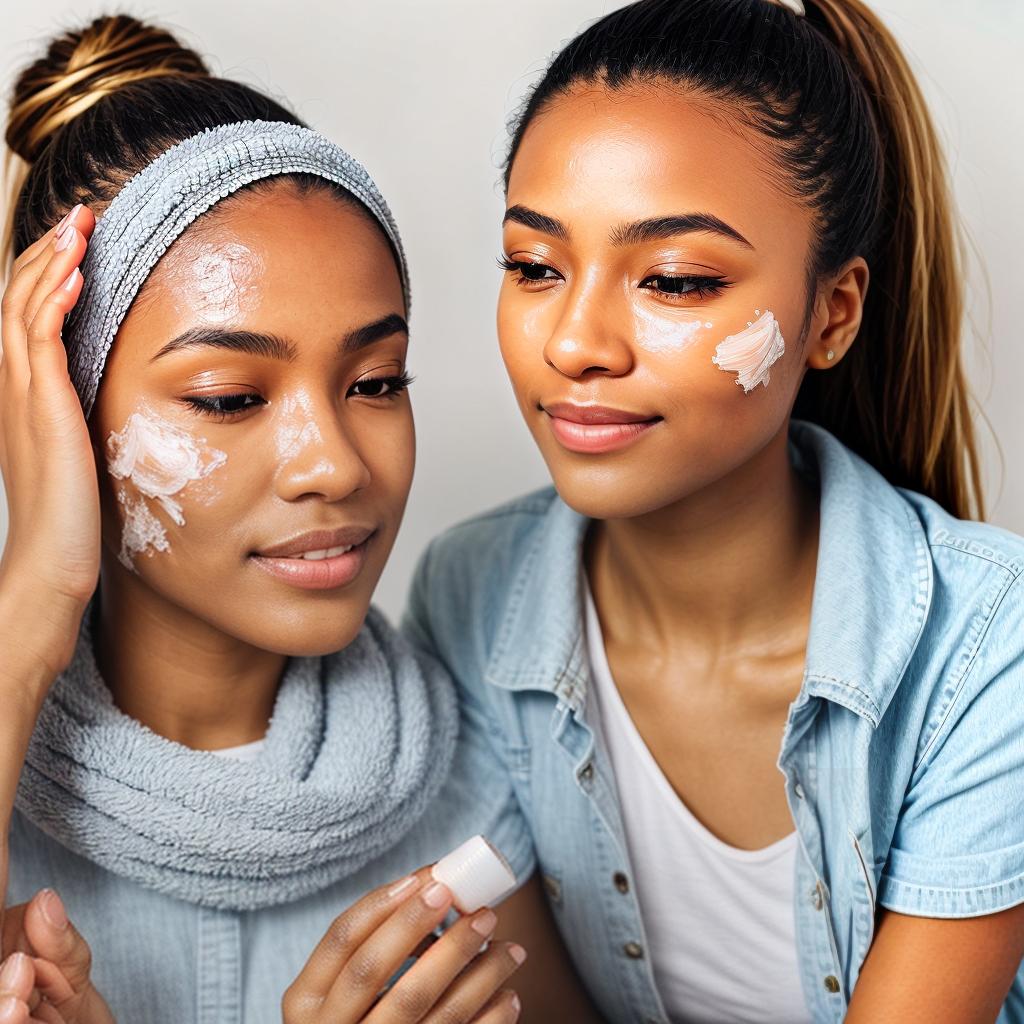Achieving healthy, glowing skin doesn’t have to be a complicated process. In fact, a simple and effective skincare routine can work wonders for your complexion. Whether you’re a skincare newbie or a seasoned pro, this guide will help you create a routine that caters to your skin’s needs. Say goodbye to confusion and hello to radiant skin!
Introduction: The Importance of a Skincare Routine
Before we dive into the nitty-gritty of skincare routines, let’s understand why they matter. Your skin is your body’s largest organ, and it deserves some TLC. A well-rounded skincare routine can:
- Maintain Skin Health: It helps keep your skin in good condition, preventing issues like acne, dryness, and premature aging.
- Boost Confidence: Clear and healthy skin can improve your self-esteem and overall confidence.
- Protect Against Environmental Stressors: Skincare routines often include products with SPF to shield your skin from harmful UV rays and pollution.
Now, let’s embark on the journey to crafting your perfect skincare routine.
Step 1: Determine Your Skin Type
Before you start throwing products onto your face, it’s crucial to understand your skin type. The four main categories are:
- Normal: Balanced, not too oily or dry.
- Oily: Shiny with enlarged pores and prone to acne.
- Dry: Flaky, rough, and tight.
- Combination: A mix of two or more types in different areas of your face.
Identifying your skin type will help you choose products that cater to your specific needs.

Step 2: Cleansing
Cleansing is the foundation of any skincare routine. It removes dirt, makeup, and impurities, keeping your pores clear and your skin fresh. Here’s how to do it right:
- Morning Cleanse: Use a gentle cleanser to remove any oils and sweat accumulated overnight.
- Evening Cleanse: Double cleansing is recommended. Start with an oil-based cleanser to break down makeup and sunscreen, then follow with a water-based cleanser to deep clean.
Step 3: Exfoliation (1-3 Times a Week)
Exfoliation removes dead skin cells, revealing a brighter complexion and preventing clogged pores. Be cautious not to overdo it, as excessive exfoliation can irritate your skin. Options include:
- Chemical Exfoliants: Containing ingredients like AHAs or BHAs.
- Physical Exfoliants: Scrubs with gentle particles.
Step 4: Toning
Toning helps balance your skin’s pH and prepares it for the next steps. Look for toners with soothing ingredients like witch hazel or rosewater, depending on your skin type.
Step 5: Serums and Treatments
Serums are highly concentrated products designed to target specific skin concerns, such as:
- Vitamin C Serums: Brighten and protect against free radicals.
- Hyaluronic Acid Serums: Hydrate and plump.
- Retinol: Fight signs of aging.
Choose serums that align with your goals and apply them after toning.
Step 6: Moisturize
Regardless of your skin type, moisturizing is essential. It locks in hydration and creates a protective barrier. Opt for a moisturizer that suits your skin type – lightweight for oily skin and richer for dry skin.
Step 7: Sunscreen (Morning Only)
Sunscreen is a non-negotiable step in your morning routine. It shields your skin from harmful UV rays and prevents premature aging and sunspots. Apply it generously, and don’t forget your neck and ears.
Step 8: Night Cream (Evening Only)
A night cream is usually richer and more hydrating than daytime moisturizers. It helps your skin recover and repair while you sleep. Look for ingredients like ceramides and peptides.
Creating a simple and effective skincare routine doesn’t have to be overwhelming. Start by understanding your skin type, then follow the steps outlined above. Consistency is key, so be patient and give your skin time to show results. Remember, skincare is about self-care, and your skin will thank you for the effort.
FAQs
1. How often should I exfoliate?
Exfoliation should be done 1-3 times a week, depending on your skin type and the product you’re using. Over-exfoliating can lead to irritation, so listen to your skin.
2. Can I skip sunscreen on cloudy days?
No, sunscreen should be applied every day, regardless of the weather. UV rays can penetrate clouds and still harm your skin.
3. What if I have sensitive skin?
If you have sensitive skin, choose products that are fragrance-free and formulated for sensitive skin types. Perform patch tests before trying new products to avoid adverse reactions.
4. Is it necessary to use all these steps in my routine?
While the eight steps mentioned above make a comprehensive routine, you can tailor it to your needs. At the very least, cleanse, moisturize, and use sunscreen daily for basic skincare.
5. How long does it take to see results?
Results vary from person to person. In general, you may start noticing improvements in your skin’s texture and appearance within a few weeks of consistent use. However, patience is key, and long-term skincare yields the best results.
